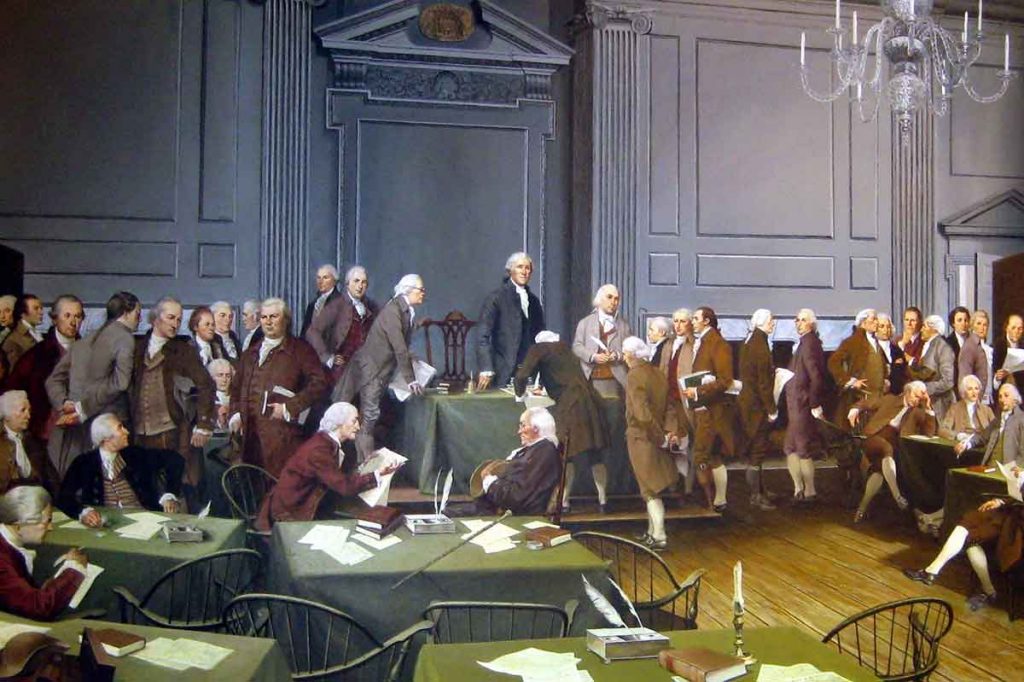The United States Constitution is America’s most fundamental legal document. As a compact between the people and the government, it delineates the structure of government and the rules for its operation. Today, the U.S. Constitution stands as the world's oldest national constitution still in use. It is also the shortest constitution, and therein lies its brilliance. Rather than concoct a detailed recipe covering every possible eventuality, the Founders instead provided a structure and articulated a set of stable principles that provide a timeless guide for good governance, enduring and worth preserving. It remains the object of reverence for nearly all Americans and an object of admiration by peoples around the world. The United States’ success as a country is due, in no small part, to the wisdom undergirding The Supreme Law of the Land: the Constitution. The profundity of this document stems from key themes within the text. These themes include “consent of the governed” that is, legitimate government depends on the consent of a free people, federalism—a measured balance of national and state governance—, and checks and balances in the form of separation of powers, republicanism, bicameralism, and independent courts. Professor Thompson will tell you tonight about how it was written and ratified in Philadelphia in 1787. Below you see a beautiful rendering of the discussions at the Convention by Louis S. Glanzman, 1987
